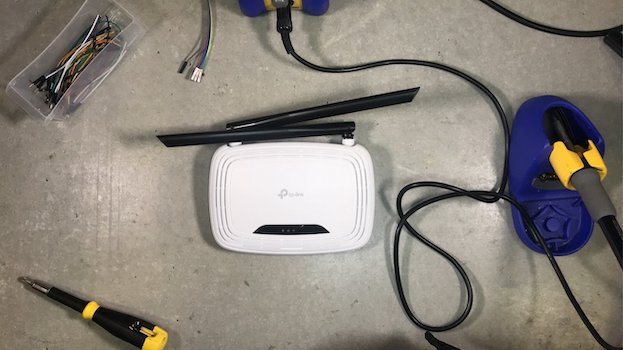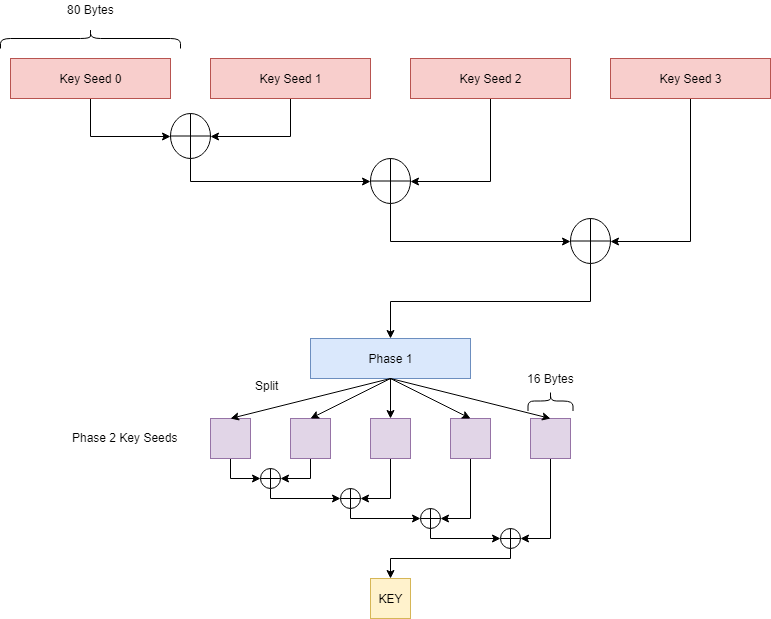Hardware Hacking 101: Identifying and Dumping eMMC Flash
Introduction
Welcome back to our introduction to hardware hacking series! In this post we will be covering embedded MultiMediaCard (eMMC) flash chips and the standard protocol they use. eMMC is a form of managed flash storage typically used in phones, tablets, and many IoT devices because of its low power consumption and high performance. If you haven’t already, make sure to check out our other intro to hardware hacking posts on our blog.










